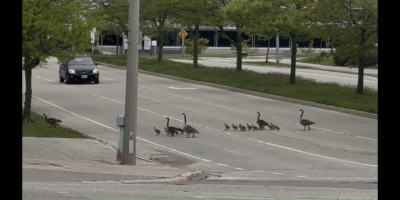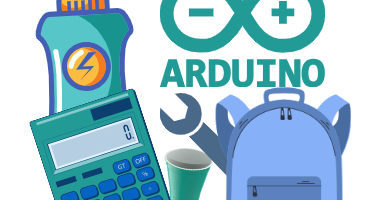Once upon a time, back in grade 8 I went to Quebec on a class trip and went dog sledding. Fast-forward 6 years and now I dog handle for dog sledding teams? A bit of a big difference but just as fun. Following the past trend of my articles, this one is about the Yukon!
Dog sledding is an undertaking, to say the least. There is the commercial side of dog sledding that most tourists get involved with when on vacation. There is a whole other side to dog sledding though that we here in Ontario do not normally get to see: the dog sledding races. Up North there are a plethora of races that occur every winter, some small and some large.
While I was in Whitehorse, the Yukon Quest was taking place. This is one of the larger dog sledding races with two categories: the 300 miles ride and the 1000 mile ride. People who participate in the Yukon Quest are not amateurs by any means. Teams spend the whole year preparing for the race and need to complete pre-race checks to ensure all participants, mushers and dogs, are healthy enough to race. I was fortunate enough to be given the opportunity to volunteer for the Yukon Quest and was able to meet two of the teams participating.
I helped out with vet checks, I’m the one ducking down reading the scale. One thing I learned is that there are different types of racing dogs and most people don’t use Siberian Huskies. Racing dogs tend to be smaller and leaner that I had originally expected. There were dogs of different sizes and I soon learned that a snowier trail favoured the larger dogs and a snow-free trail would favour the smaller dogs. It makes sense, smaller dogs would need to use more energy to make it through the deeper snow.
Photo link (whitehorsestar.com/media/photos/Vet-Check_-2014-6591-200.jpg)
Quest aside, many Yukoners participate in smaller, more local dog sledding races. I had the opportunity to become a dog handler for a lady my roommate worked with at the Yukon Government. We spent the weekend at a cabin about an hour away from Whitehorse with 12 dogs. Keeping 12 dogs isn’t an easy task. Race dogs are extremely high energy and are, for the most part, kept outdoors in large kennels. Here’s a night time photo, there are about 3 dogs per kennel and they’re let out every day to run around. They’re a bundle of joy and a ton of fun. This set of racing dogs likes to cuddle.
During race day, the dogs were taken to Kluane National Park and we started setting up. It’s hectic before a race. All the dogs are in one area and are tied along trucks before being harnessed to the sled. Thankfully no one lived nearby because the dogs just feed off each other and never top barking. For my team, it was their first race and they were so quiet. They barely said a word as we fed and gave them water waiting for the race to start.
It’s interesting to watch the start of a dog sled race, it’s like the dogs know exactly what is about to happen. You can feel the energy radiating from the dogs. For the larger teams, a snowmobile was used to stop the team from starting early. A snowmobile was the only thing that could hold the sled still in one case, the rope attaching the sled to the snowmobile had to be cut because the team was pulling it so tightly.
Once my team had pulled away from the start line it became a waiting game but I’ll tell you, there’s nothing like seeing your team come towards the finish line! Even though my team finished last, they received an award, the red lantern. A classic last place team prize. After the race all the teams enjoyed a nice hot, homemade meal, courtesy of the race organizers. Being a dog handler was an exciting adventure. 🙂




Leave a Reply